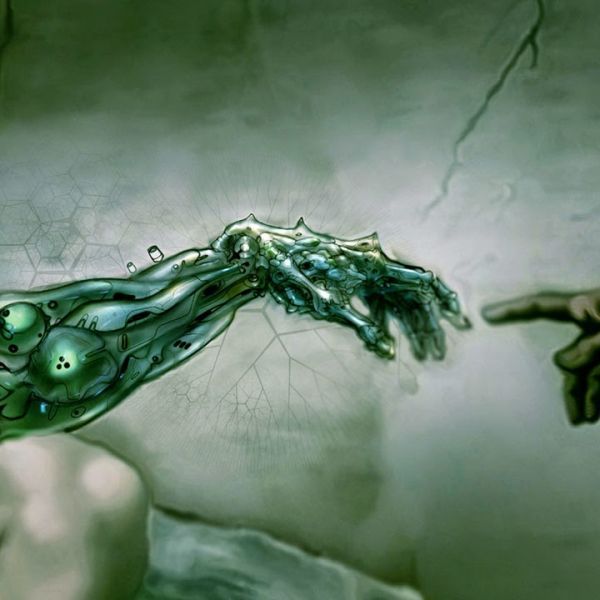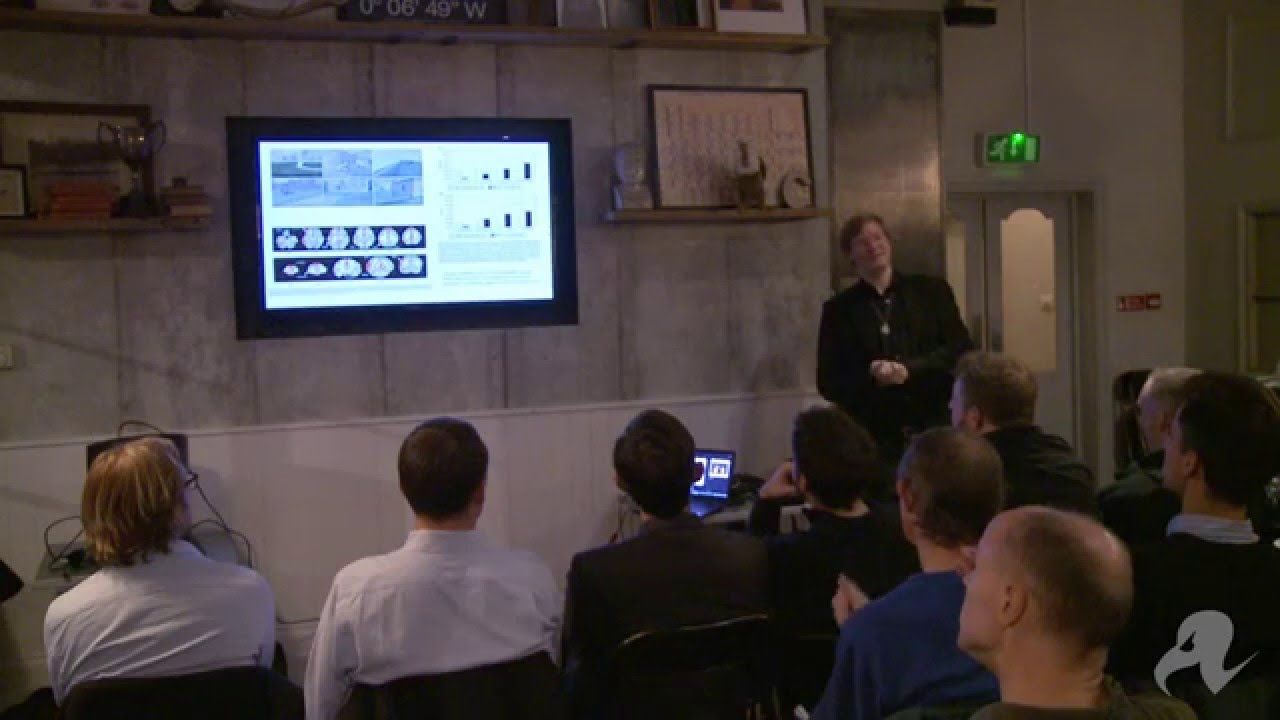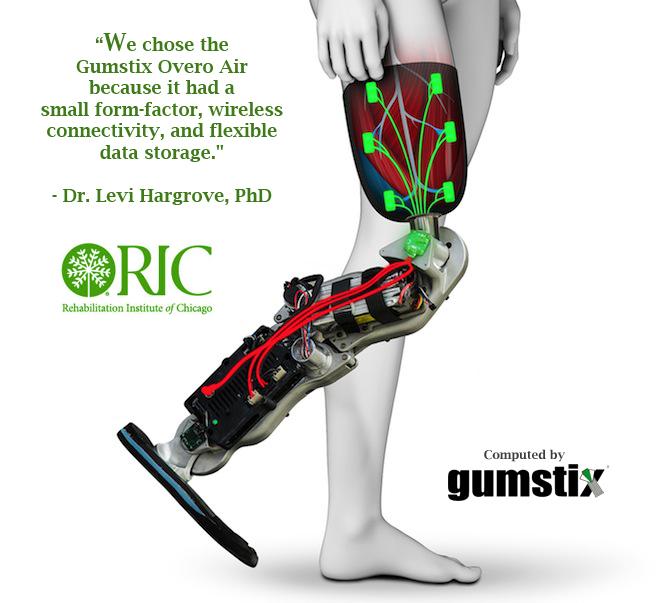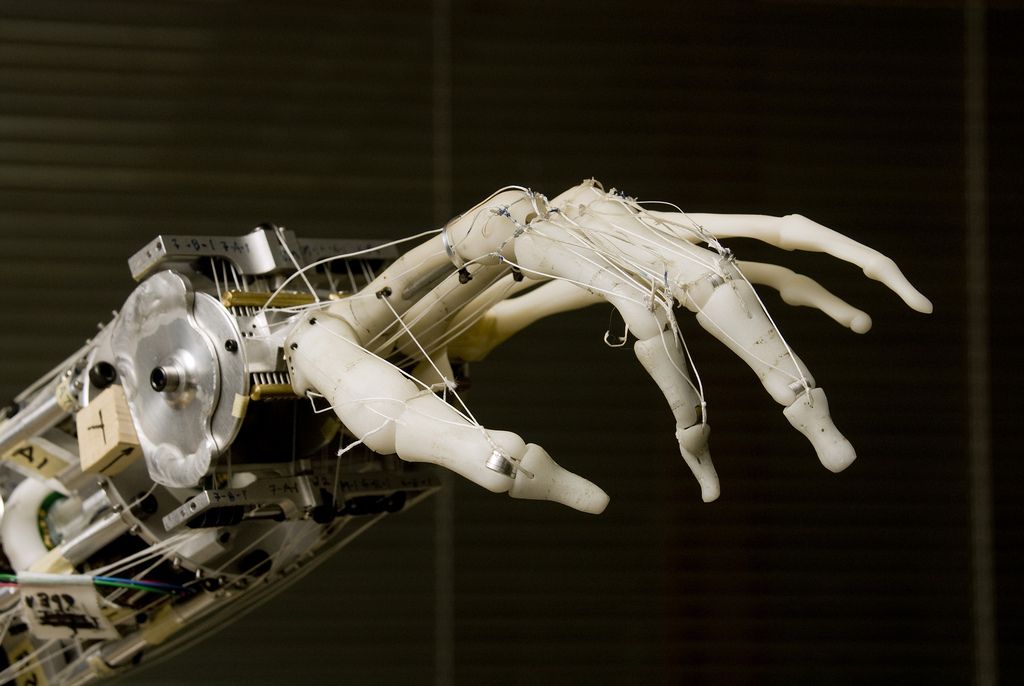Might we one day have bionic body parts able to ward off disease and injury and even heal themselves? Today it’s still the stuff of sci-fi movies, but there are regular breakthroughs in the field of medical science that suggest that such a future might one day be possible – one example is a new nanoshell treatment from a team working at the University of Michigan in the US and reported in Gizmag.
Instead of using foreign cells or molecules to patch up and regrow damaged bone tissue, the new technique uses polymer nanoshells – microscopic capsules inside the body – to deliver microRNA molecules right to the site of an injury. Once the shells begin to break down, the microRNA molecules are released and instruct the surrounding cells to ‘switch on’ their natural bone-building and healing mechanisms. It’s a bit like a site manager arriving on the scene of a broken-down development and telling his construction workers to get busy with the rebuilding process.
There are a couple of key advantages to this new technique. One, the shell is designed to degrade slowly, leading to a gradual release of the microRNA molecules and thus ongoing restorative treatment that can last for a month or more. Second, the process uses the body’s own cells rather than introducing foreign healing agents – an approach that can sometimes cause cell rejection or even tumours associated with the injury.








